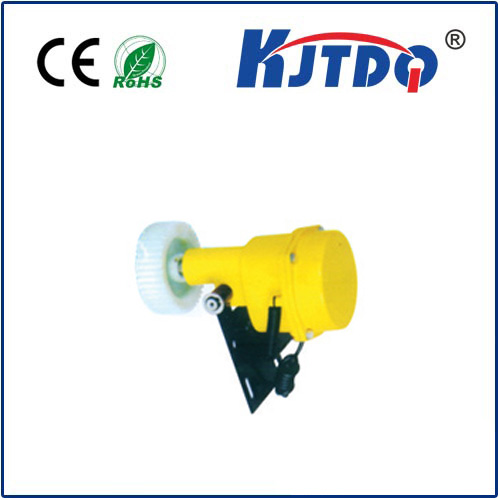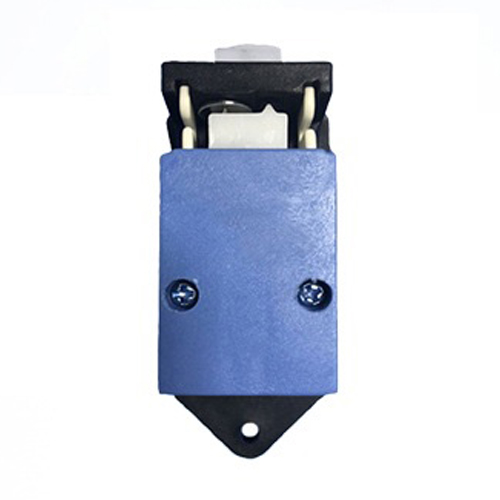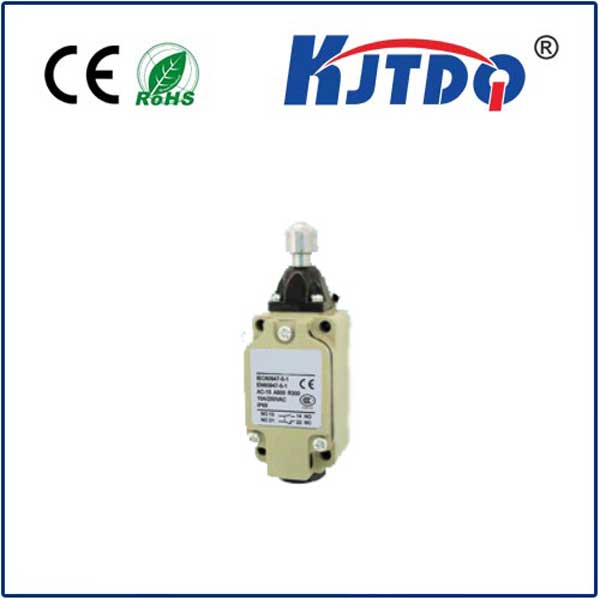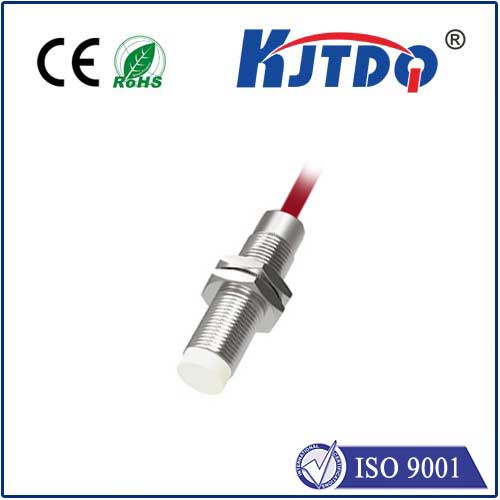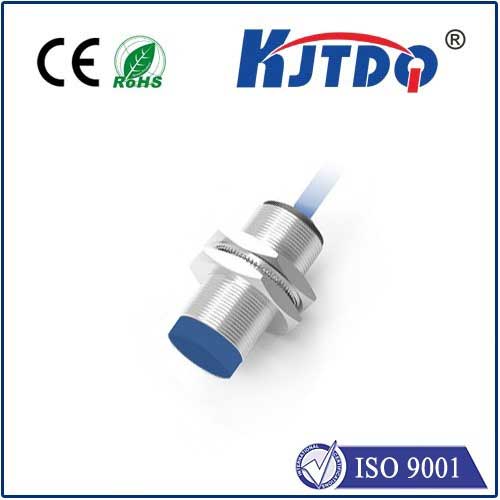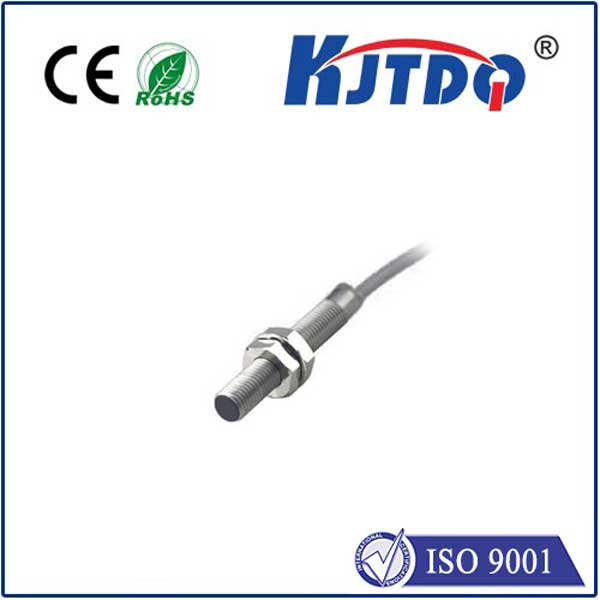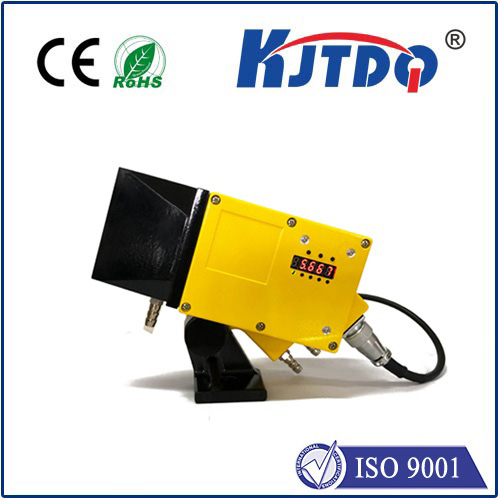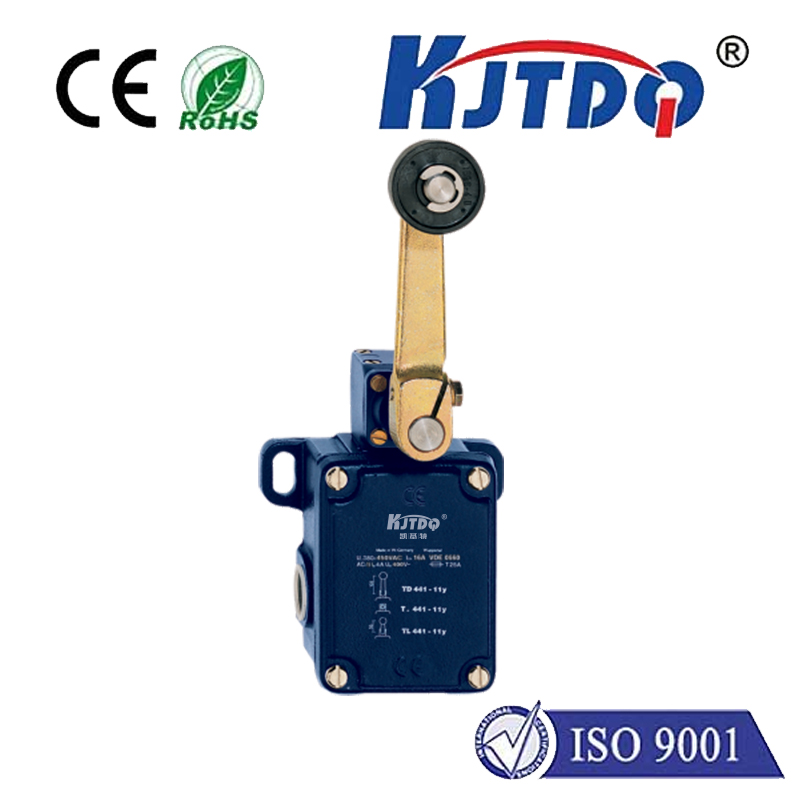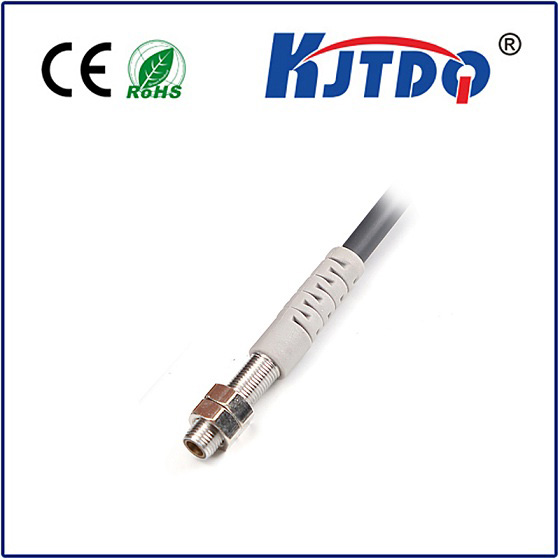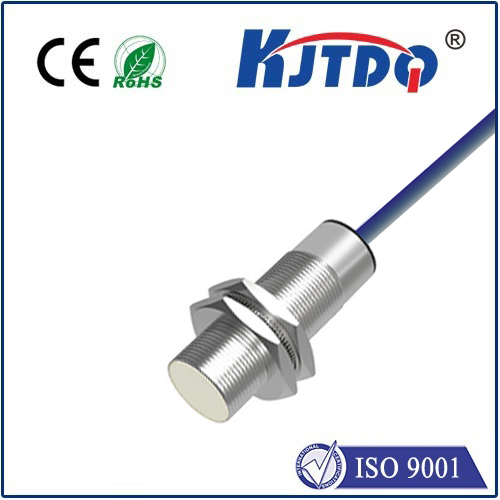

check

check

check

check
Microwave Radar Sensor: Revolutionizing Modern Detection and Monitoring
In today’s rapidly evolving technological landscape, the integration of advanced sensors has become crucial for various industries, from aerospace to environmental monitoring. Among these, microwave radar sensors stand out as a key innovation that enhances detection capabilities and real-time monitoring. These sensors utilize microwaves to detect and measure objects, making them highly effective in a wide range of applications.

Microwave radar sensors operate by emitting electromagnetic waves at frequencies typically in the microwave range, which are invisible to the human eye. These waves travel through the air and interact with objects, reflecting back to the sensor. The reflected signals are then processed to create images or data about the objects’ position, size, and movement. This technology is particularly useful in environments where traditional sensors may be ineffective due to interference or obstructions.
One of the primary advantages of microwave radar sensors is their ability to detect objects through dense materials, including buildings, foliage, and even water. This makes them ideal for applications such as weather monitoring, security systems, and industrial automation. For instance, in weather radar systems, these sensors help track storm systems, rainfall, and wind patterns in real time, enabling accurate forecasting and early warning systems.
Another significant benefit is their versatility. Microwave radar sensors can be adapted for various purposes, from detecting moving vehicles in traffic management systems to monitoring the health of power lines and infrastructure. In agriculture, they are used to monitor soil moisture and crop health, allowing farmers to optimize irrigation and reduce waste. This application highlights the sensor’s role in improving efficiency and sustainability across multiple sectors.
Despite their advantages, microwave radar sensors are not without challenges. One of the main concerns is the potential for interference from other electromagnetic signals, which can affect the accuracy of readings. Additionally, the cost of implementation and maintenance can be high, which may limit their adoption in some industries. However, advancements in technology are continuously improving these sensors, making them more reliable and cost-effective over time.
In conclusion, microwave radar sensors represent a significant leap forward in detection and monitoring technology. Their ability to operate in diverse environments, provide real-time data, and adapt to various applications makes them an essential tool in modern industries. As technology continues to evolve, the role of microwave radar sensors will only become more critical, driving innovation and efficiency across multiple fields.
